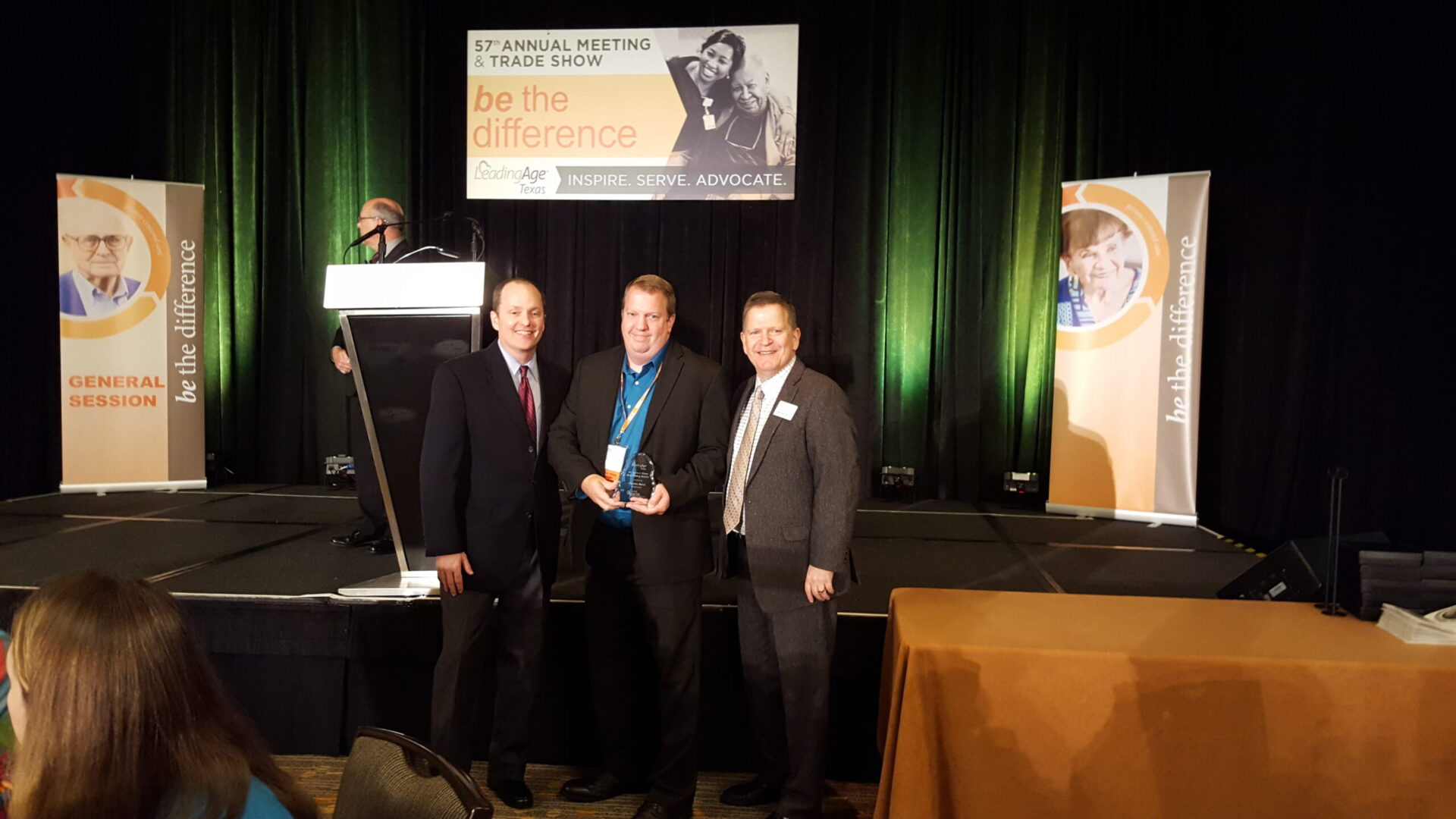How Often Should You Visit a Parent in Assisted Living?

The decision to move a parent or loved one into an assisted living or memory care community is not an easy one to make. Some people feel relieved that their loved one will receive the care they need, and others might feel guilty that they cannot provide that care themselves.
As you and your loved one adjust to the change, you’ll probably ask yourself how often you should visit. There are several factors to take into consideration, and there is not a one-size-fits-all solution.
Like most things in life, it’s a balancing act. But there are a few things that can help you determine how much you should visit your loved one in assisted living or memory care and what you can do with them when you’re there.
Frequency of Visits
The biggest factors that determine how often you should visit are the individual needs and preferences of you and your loved one. Some people like company, other people like to be alone. Chances are you have a pretty good idea of what your loved one prefers.
That said, as people age they have a tendency to socially withdraw and become more distant from friends and family. This is especially true for people with memory loss. In this case, it is important to not let your loved one become disengaged or isolated.
Another factor is how much time you and your family have to visit. Work, children, and friends all make demands on your time and it can be difficult to find enough time to make a visit. Setting a schedule and developing a routine is a good way to make sure you are visiting your loved one enough. It’s much harder to cancel or reschedule a visit if it has been planned well in advance.
Initial Transition Period
One of the most important times to frequently visit your loved one is during the first few weeks after the move. Moving is stressful and adjusting to new surroundings, routines, and people is not easy. This is especially true for people suffering memory loss. During this acclimation period, you should try to visit frequently. Seeing friendly faces helps to ease the transition and will help your loved one settle into a routine.
Quality over Quantity
When it comes to visiting your loved one in assisted living or memory care, quality is more important than quantity. And there are a couple of reasons for that. Quality visits allow for deeper, more meaningful interactions. They can also enhance the emotional well-being of your loved one. Favoring quality visits over quantity also makes it less likely you’ll overwhelm your loved one. This is especially important if they have some form of memory loss.
What does a quality visit look like? Mainly, it means you are present during the visit, engaged in meaningful conversations, and participating in activities that your loved one enjoys. One fun afternoon is worth a thousand 15-minute visits.
What to do When You Visit
It might be hard to think of things to do when visiting a loved one. If they have some form of memory loss, then it can be even more difficult deciding what to do with them. Here are a few ideas to get you started.
Engage in Activities
Depending on your loved one’s interests, you can find activities like board games, reading, or simply reminiscing about old times. For people with memory loss, reminiscing can be extremely useful since they are more likely to remember the past. At Westminster, we frequently have activities that are fun and engaging for you and your loved one.
Bring Special Items
Something like a favorite snack, or a small gift can help make the visit more enjoyable. You can even bring photos or videos about family members. This helps keep your loved one up-to-date with family news and keeps them connected and engaged.
What to do If You Cannot Visit?
Sometimes it simply isn’t possible. In rare cases, visiting might actually do more harm than good. This usually occurs if your loved one has memory loss and visitors upset them. More likely, either you or your loved one are too busy or your schedules don’t line up. In which case, it is still important to check-in with them.
Regular Communications
The next best thing to a physical visit is a phone call. Regular calls or video chats help maintain a connection between you and your loved one.
Rely on Staff
In the event that visitors cause your loved one distress, you need to rely on the community’s team members for updates.
Be Flexible
Over time, your loved one’s needs and preferences will change. It’s important to be adaptable and understanding. Flexibility is crucial for meaningful interactions.
Visiting a loved one in assisted living or memory care is primarily about ensuring their well-being, providing comfort, and maintaining a strong emotional connection. Finding the right time and striking the balance between too much and too little can be difficult.
The most important things to remember are that quality trumps quantity and you need to be flexible and adapt to their needs over time.
Want to learn more about our assisted living community in Austin, Texas? Contact us today for more information!




